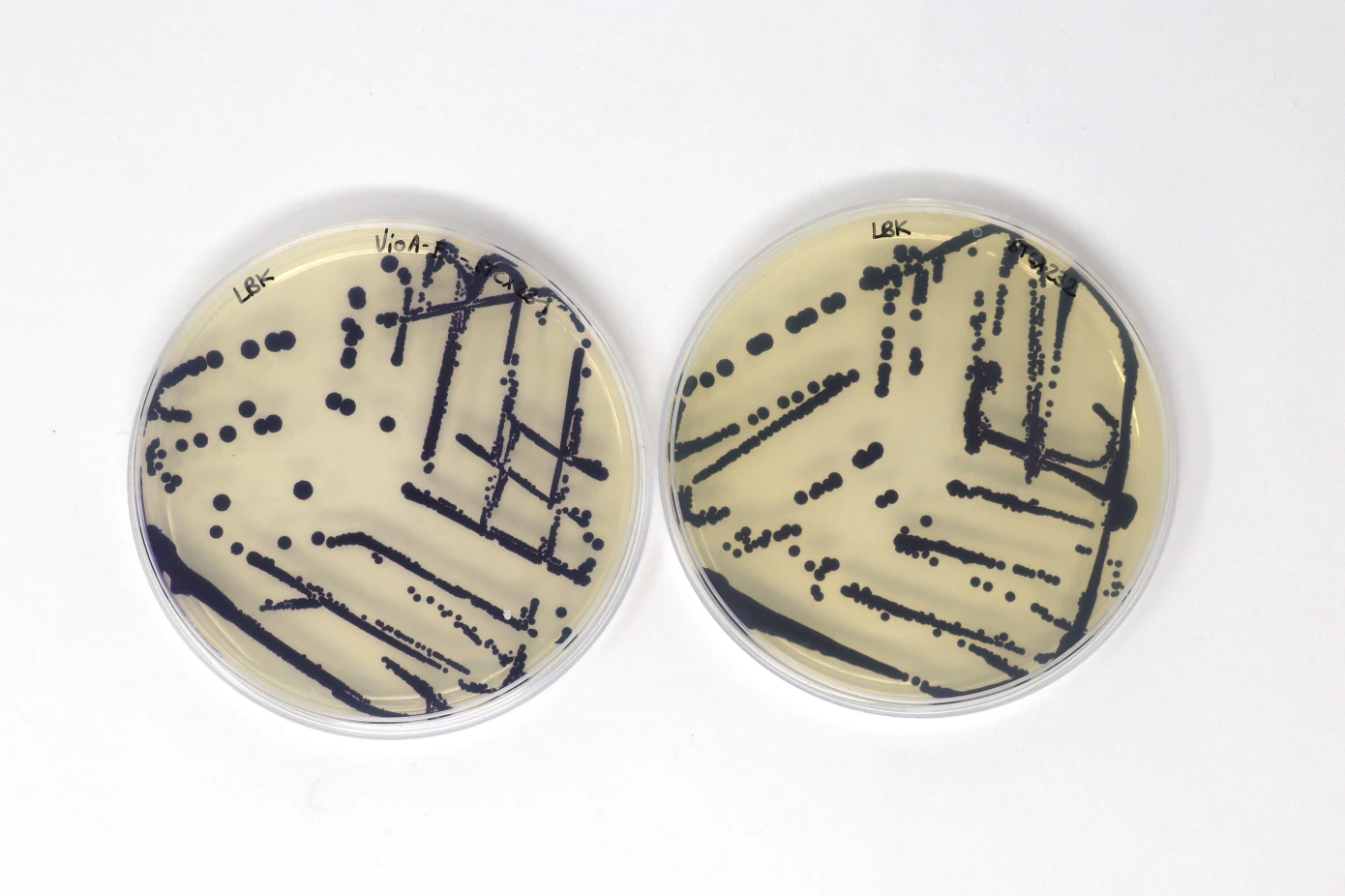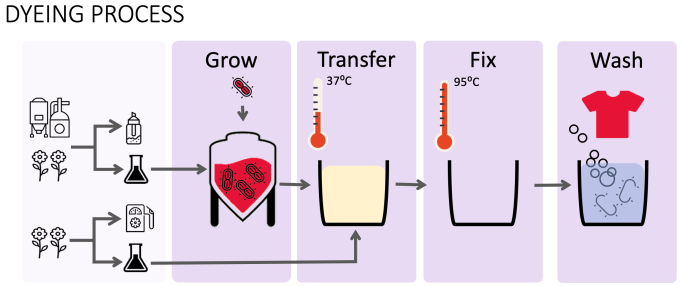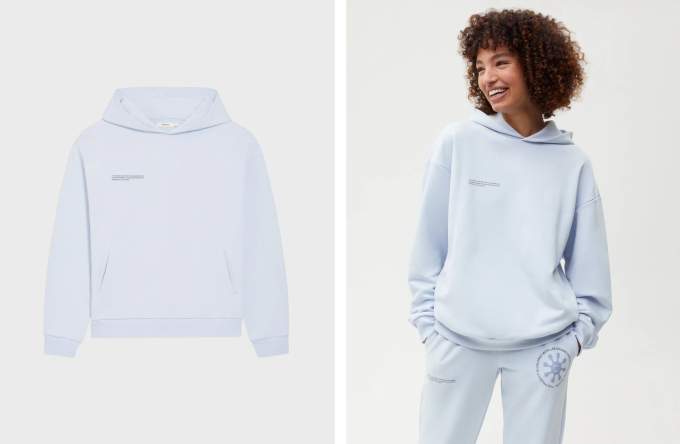According to techcrunch, bacterial secretions may dye your clothes in the future, which will be an improvement. This is because the colors of textiles usually come from toxic chemicals, and the resulting wastewater - full of dyes, acids and formaldehyde - destroys rivers, such as those around Dhaka, the capital of Bangladesh. Wastewater treatment, when it occurs, is just one of the energy intensive processes that make fast fashion possible. The environmental crisis related to textiles has spawned several companies aimed at completely reimagining dyeing One of them, colorifix, has just passed the approval of the Swedish fashion giant h& The round B financing of USD 22.6 million invested by M has been developed

Colorifix stands out for its progress in the natural deposition of dyes directly onto fabrics using microorganisms such as E. coli. Its microbes are designed to produce specific colors, which are then brewed in vats like beer.
The third-party life cycle analysis (paid by colorifix) found that compared with the traditional cotton dyeing process, the water consumption of dyes was reduced by at least 49%, and the power consumption was reduced by 35%. Obviously, the carbon emission was reduced by 31%. This is for natural fibers, but for materials such as polyester or nylon, the benefits are greater, because they are usually made of petroleum and more difficult to dye. Jim Ajioka, co-founder and chief scientific officer of the company, added in a call with techcrunch: "if you use synthetic materials, we will save more."
"In places like England, you will grow mold, mildew and other things on the tiles. And you will see red bacteria (called Serratia marcescens). They secrete this color onto your tiles or grout," he explained. "That's what we did."

However, in order to produce specific colors, colorifix said that it first identified a specific color in nature, such as the green hue found on the feathers of parrots. The company then used an online DNA database to "identify the exact gene that caused the pigment". From there, colorifix builds DNA and inserts it into a small group of bacterial or yeast cells. Within a day, they were replicated millions of times in Petri dishes. "The resulting engineered microorganisms are like a tiny biological factory that eventually produces dyes that adhere to natural and synthetic materials," the startup said in a statement
On a larger scale, the fashion industry consumes a lot of water that is basically unimaginable. A 2014 World Bank report found that the industry consumes about 9billion cubic meters of water every year - about 5.5 times the consumption of New York City in the same period.
According to the dyeing process, Ajioka explained: "yes, you have to wash it. But, you know, you have been washing your clothes. Think about how many bacteria there are on your T-shirt now. It's disgusting." He said his comments were particularly directed at shirts. Then there is the problem. "Think about it. How do you wash clothes? What's the function of washing powder? It can remove protein, carbohydrates and fat, oil and other things, right? That's its function, and what do you think microbes are made of? That's why your clothes don't stink after washing."
In addition to cleaning issues, colorifix is not the only company that aims to develop cost-effective bacterial dyes to curb pollution. Paris based pili company and Vienna textile laboratory also joined the ranks. So far, these companies have not brought this idea into mass production, making it difficult to get clothes dyed by bacteria.

In December, 2021, colorifix dye was used to produce two soft colors of pangaia sportswear, known as blue cocoon and midway fountain powder. At the time of this report, only the first color was still on sale, a $170 Hoodie or $140 pants. Earlier, colorifix dye was used to make Stella McCartney's skirt, which was exhibited at the Victoria and Albert Museum in London in 2018.
In addition to microbes, other companies that aim to crack sustainable dyes include alchemie, a Cambridge based company that claims to have developed an anhydrous dyeing process; Dyecoo; A Dutch company that dyes fabrics with pressurized carbon dioxide; And colorzen in New York, which produces a cotton pre dyeing treatment that obviously reduces water consumption and eliminates the need for salt.
Except h& M. Sagana, Cambridge enterprise, and regeneration VC and other investors also participated in the round B financing of colorifix. With the new funds, the start-up said it would triple the size of its team to about 120 employees as it prepared to "extend its technology to the supply chains of several major players in the global fashion industry".